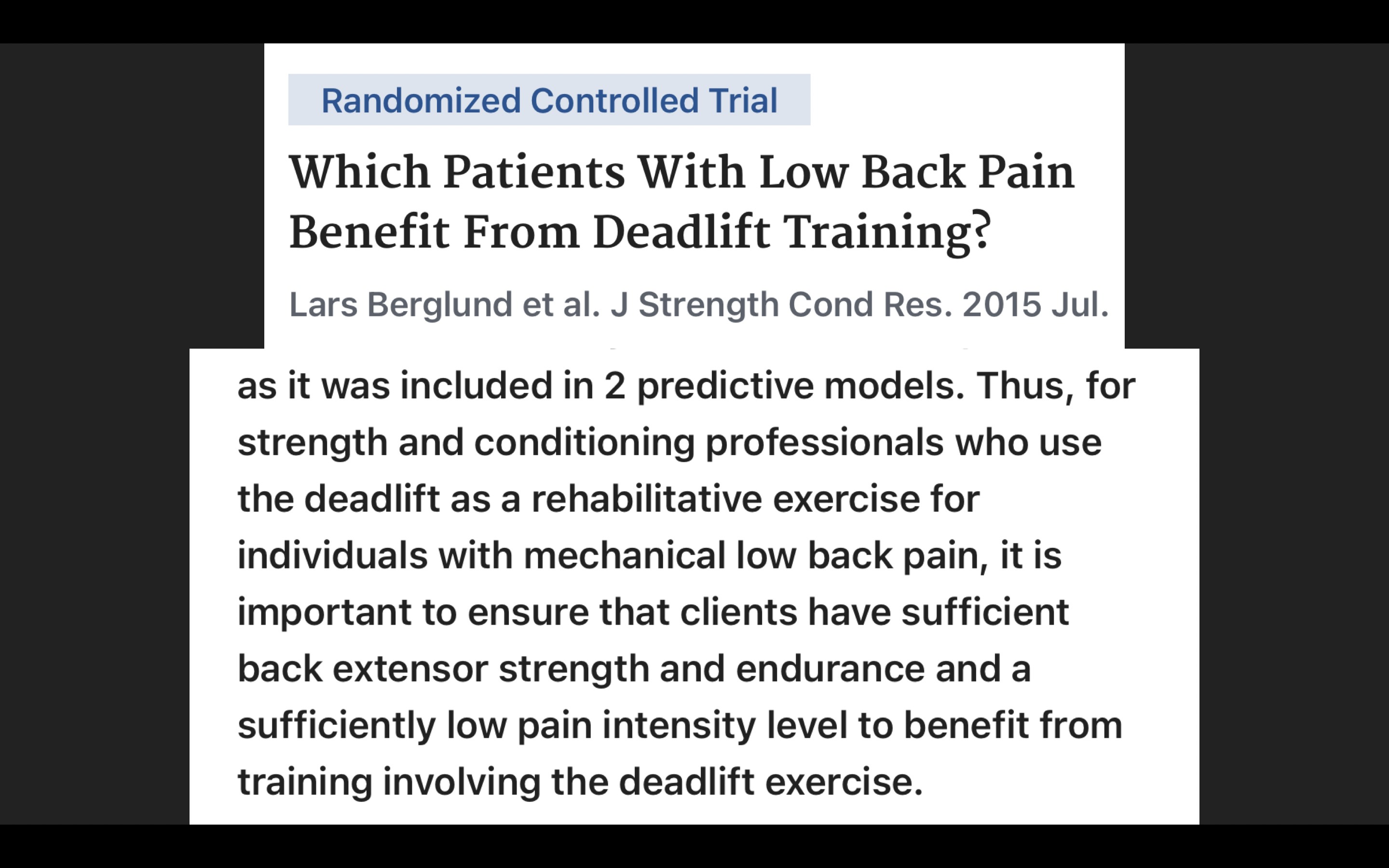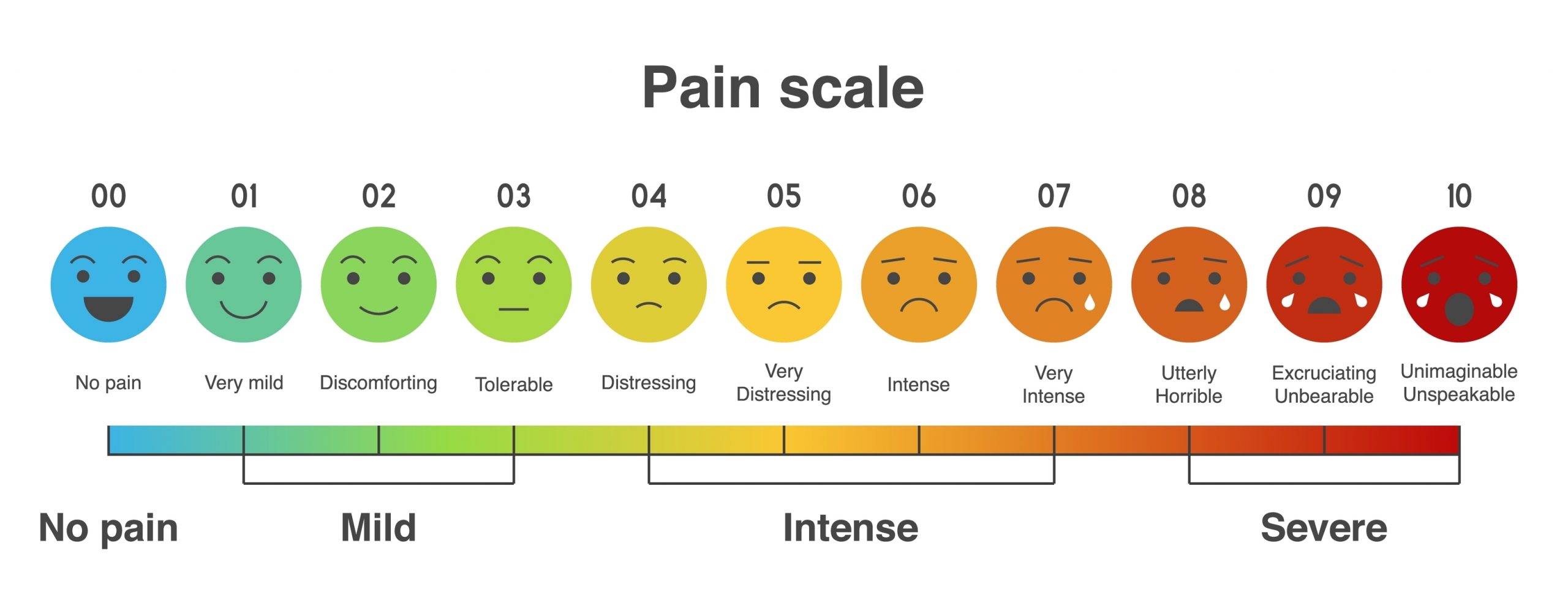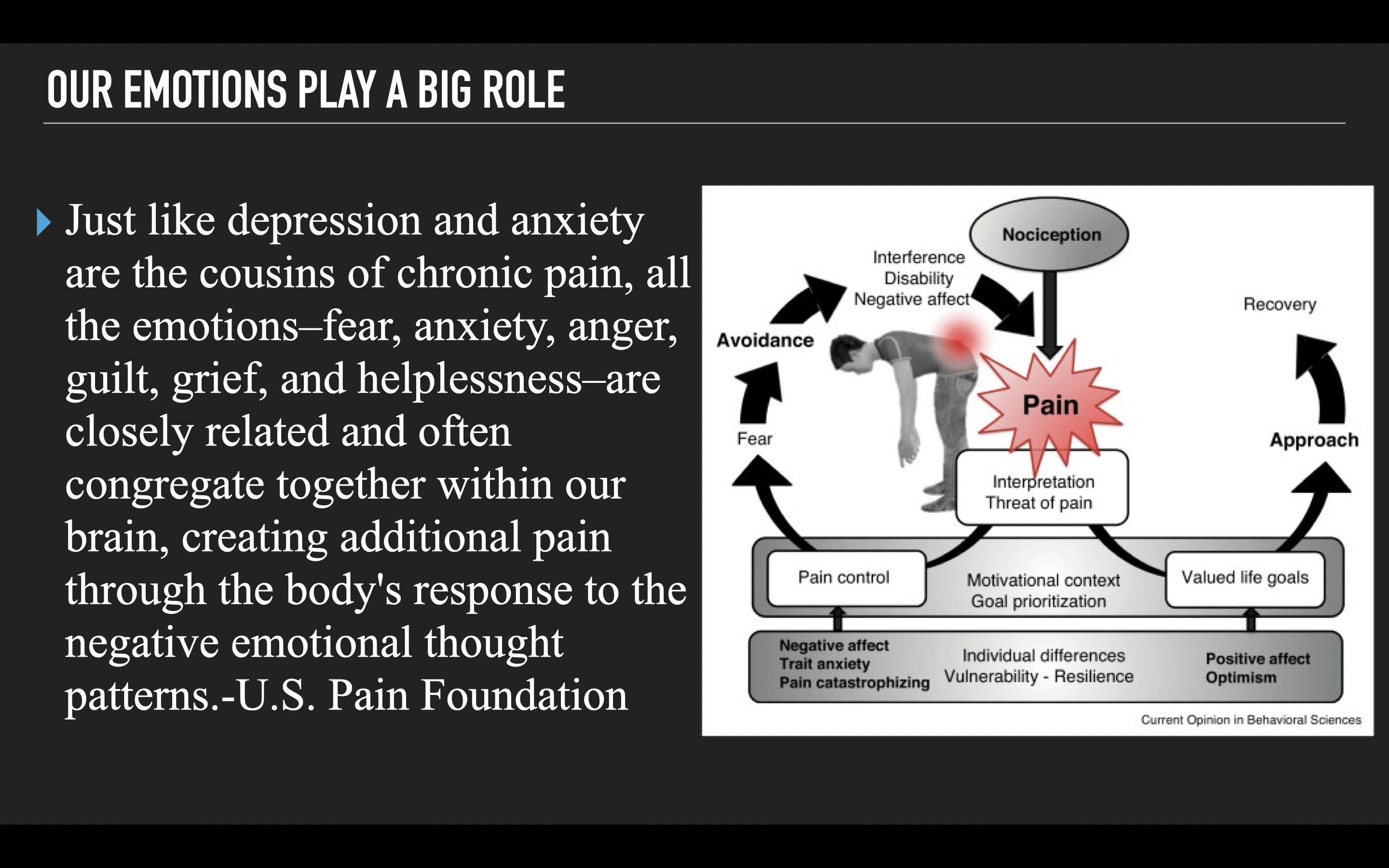Good Low Back Exercises For Low Back Pain
2024-05-15
Of all the posts I have written about on low back pain, this might seem like the most obvious one. After all, if you have low back pain, then the issue is your low back right? Hopefully by now you have read several of our posts (you can find them throughout our blogs by searching low back pain) that chronic low back pain (pain of 3 months or longer) is actually multi-faceted.
That means that chronic low back is actually influenced by our history of pain, life trauma, current life stressors, and much more that has NOTHING to do with our low back. This is why much research points to the fact that exercise is often a positive intervention for chronic low back pain, but there needs to be awareness of of these other variables.
My point is that we can’t overly simplify that chronic low back pain is ONLY due to strength or even mobility issues. However, we can use exercise as an intervention to help reduce pain, improve function, and can even help with some of the emotional challenges that chronic low back pain causes. We also can’t say that improving strength and stability won’t help at all, but we do have to be careful in how we use exercise as a prescription and even more so with low back exercises.
For example, deadlifts can be helpful but only if people already have low back endurance, core stability, and rather low levels of pain. So, our low back exercises for low back pain may start to look very different than many realize. Especially because we are often also dealing with making sure we don’t create more fear with movement.

Our foundation of low back exercises aren’t going to focus just on the low back itself. That is because when we are talking about low back pain there is a WIDE range that could be an issue. We could be talking about acute (happening recently) or chronic (greater than 3 months) as well as a wide range of levels of pain itself. Typically, acute low back pain will resolve itself in 90% of cases with minimal interventions, so we are often discussing more chronic low back pain.

That makes sense to start with these four foundational movements. These are not only great for building the strength and stability that is required for higher level exercises, but they can act as great screens to see what movement compensations are occurring that could be exposing people to having pain.
Bird Dog
Those familiar with Dr. Stuart McGill’s work will be familiar with 3 of these 4 exercises, but we are going to put a big DVRT spin on them. There are those that will question Dr. McGill’s work calling it outdated, but research as recent as 2018 found that McGill’s stabilization techniques improved pain and functional disability improvement greater than standard physical therapy (1).
A great place to start is the bird dog especially as a low back exercise goes. The drill strengthens the low back, but does so in a safe manner that allows for many progressions as we cover below. We do so in along with teaching how to use the core properly along with building foundational hip extension.
Physical therapist, Dan Swinscoe goes over keys and progressions of our bird dog drills.
Side Plank
People get all focused on the fact that many people with low back pain can’t laterally bend well. They often falsely believe that this is due to lack of stretching and mobility of the spine but more typically it is guarding against pain. If we actually improve lateral stability, we often will get more lateral mobility. The side plank is a great way to build these foundations, but how we teach them and their progressions are key!
Hip Bridge
I will refuse to use the term hip thrust as long as I am a coach because the original exercise is known as a hip bridge and I do think that is relevant. The original intent of the hip bridge was to help re-educate the glutes to work at the right time with the hamstrings and low back. This is known as motor control, not necessarily strength in how the body uses these muscles. In shortening the hamstrings, it makes it harder for them to contribute to the movement and therefore, we can work on this re-education.
The other key here is that the glutes work with the opposing lats through the thoracolumbar fascia for stability of our spine. So, if we just put weight on our hips we don’t get nearly the same effect as the progressions below.
Half Kneeling
Okay, this is more of a category of movements than a singular exercise. Half kneeling though is SO effective as a low back exercise because it teaches the core muscles, including the low back, how to keep our body stable as we produce force. Being in a half kneeling position makes us unstable enough where we need to work harder through the low back and other core muscles. When we get this type of synergy we get low back exercises that don’t risk our low back but also improve its strength at the same time. A great example of combining elements of our side plank and half kneeling is our arc press as coach Cory Cripe explains below.
We will cover THESE ideas and MUCH more in our upcoming 6-week online Chronic Low Back Pain & Pelvic Control Masterclass HERE. You can save a special 15% off with code “lowback” for a VERY limited time.
References:
- Ghorbanpour, Arsalan, et al. “Effects of McGill stabilization exercises and conventional physiotherapy on pain, functional disability and active back range of motion in patients with chronic non-specific low back pain.” Journal of physical therapy science 30.4 (2018): 481-485.
© 2025 Ultimate Sandbag Training. Site by Jennifer Web Design.








